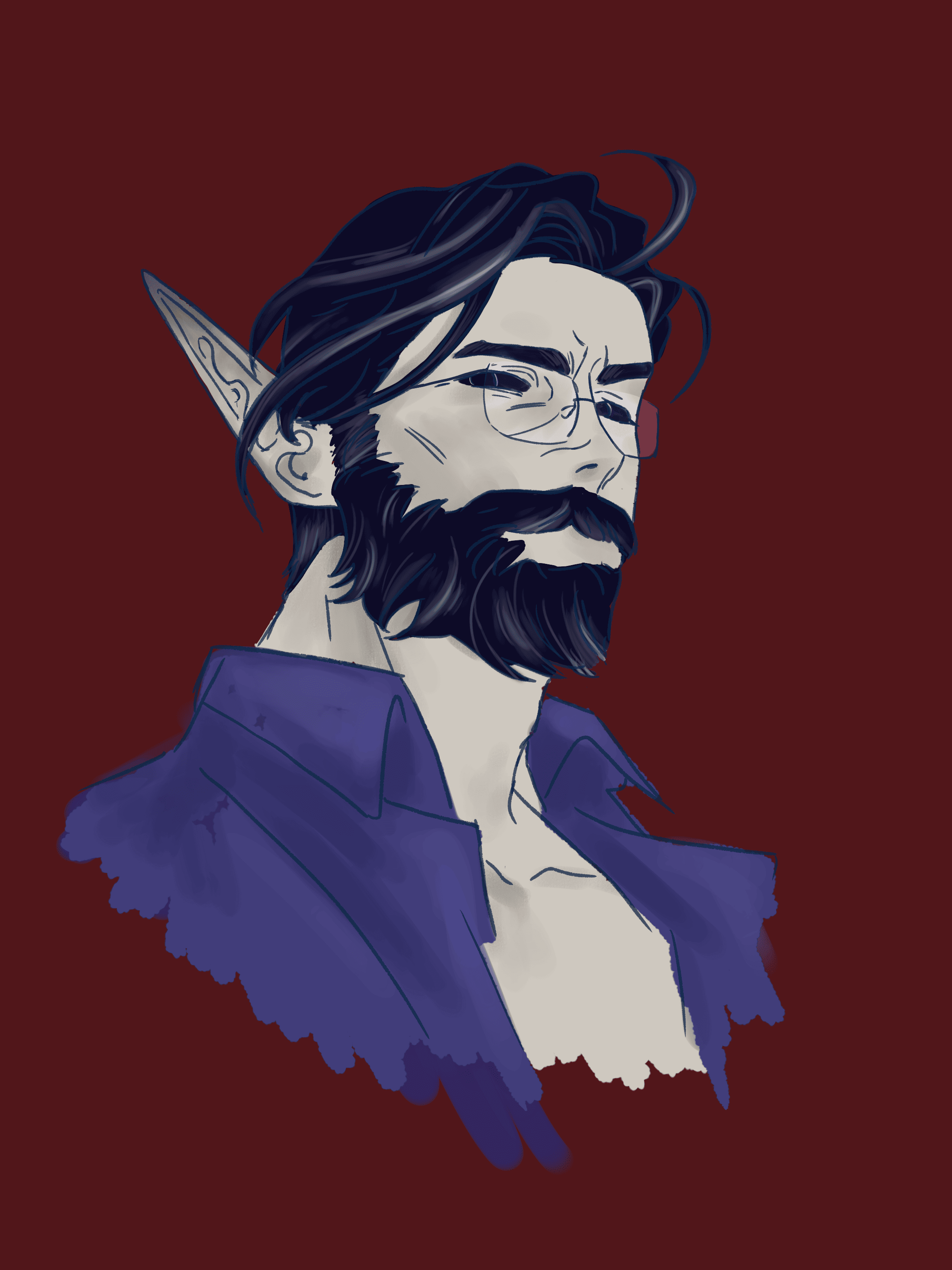Fay
FAY
Fairies are a mystical race deeply intertwined with nature and magic, drawing their powers from the environments around them—marshes, bones, books, and beyond. Their primary habitats are marshlands and isolated islands, where they maintain their connection to the natural world.
- Lifespan: 1,000 - 3,000 years
- Height: Varies greatly among Fairies
- Weight: Incredibly light, regardless of their size
- Speed: Swift, yet surprisingly, not very proficient in flight
- Appearance
- Fairies resemble humans but with some distinct features. They have pointed ears, their skin bearing gray or blue undertones, and their eyes are entirely black, giving them an otherworldly look.
Nature & Personality Fairies are a race that values knowledge and magical ability above all else, which can sometimes make them seem snobbish. However, they tend to remain reserved, focusing primarily on their own achievements. It is said that having a fairy by your side is invaluable due to their vast knowledge and magical capabilities. Fairies also possess darkvision and the unique ability to spin silk, much like a spider, from their saliva. Though highly intelligent and fond of displaying their knowledge, fairies are notoriously reluctant to share it freely. However, for the right price or a suitable exchange, they will offer the information you seek. Their only known weakness is iron, which they avoid in favor of silver, leading to the creation of high-quality weapons and tools. Since fairies regard academic achievement as the highest and most important pursuit, they tend to look down on those who aren't as intellectually inclined. Social status within fairy society is largely determined by one’s knowledge—from leaders and nobles to common civilians. There is also a class of fairies who aren't even considered civilians because they failed the critical test all fairies must take at the age of 19. This test is designed to prove their knowledge and determine if they can become a functional part of their nation, earning the title of civilian. Those who fail the test are often looked down upon and face significant social stigma. In many cases, they are even cast out by their families, who feel deep shame over the failure.
Wings & Myths Fairies possess wings that are as unique as fingerprints, with each set having its own distinct design. However, due to ancient myths and brutal acts—such as the tearing, cutting, or plucking of wings—fairies now conceal their wings to protect themselves. According to legend, fairy wings hold the power to cure curses and stop their effects. The wings are incredibly fragile, and losing them results in immense, unhealable pain. Over time, many fairies have lost their wings entirely—more than half of the population either lacks wings or has only a single pair. While fairies have the ability to heal their wings to some extent using their saliva, the loss still represents a permanent loss of identity. As a result, most fairies keep their wings hidden, making flight both rare and challenging. Silk Making & Fey Dust Fey dust is an essential part of a fairy's being, flowing throughout their bodies. It plays a key role in their ability to fly and contributes to their light weight. The highest concentration of fey dust gathers in their mouths, which allows them to spin silk. This dust, in combination with their saliva, creates a sticky consistency that can be spun into fine silk threads.
Culture & Lifestyle Fairy culture is rich and deeply rooted in tradition, filled with enchanting music created by ethereal instruments and the soothing, melodic sounds of flowing water. Their language is highly melodic, influenced by the sirens, and adds to their mystical and alluring presence. Attire in fairy society is elegant, sophisticated, and of the highest quality. Fairies often adorn themselves in finely crafted clothing that reflects their high standards. One of the most striking features of their attire is the inclusion of lace wings—delicate and beautifully intricate creations made from spun silk. Since many fairies either lack natural wings or choose to hide them, a tradition has developed over generations: fairies craft their own lace wings, woven from their own spun silk. These wings are a significant expression of their identity and a way to represent their individuality in a safe manner. The art of silk spinning and lace-making is ancient, difficult to master, and highly valued in fairy society, seen as a mark of both skill and knowledge. Every fairy, regardless of status, has a pair of lace wings, making it a universal tradition that symbolizes pride in their heritage. Beyond aesthetics, these lace wings are worn with great reverence, as they represent both a connection to their ancestors and a way to display one's intellect and creativity. Mastery of lace-making is seen as a high accomplishment, contributing to a fairy's social standing. Fairy cuisine is as enchanting and refined as their culture, with an emphasis on the bounties of the sea. Living near marshes, islands, and coastlines, fairies have developed a diet that is rich in seafood and other aquatic delicacies. Their connection to nature and magic also plays a key role in their culinary practices, with many dishes incorporating magical herbs and enchanted ingredients to enhance flavor and nourish both body and spirit.
Fairies hold deep respect for their guardians, the mystical Kelpies, powerful water spirits that help safeguard their lands. They have a profound connection to their environment, which they fiercely protect, viewing it as sacred. However, despite the fairies' efforts to maintain harmony, their territories are also inhabited by dangerous creatures such as the predatory Purana, with their sharp, glistening teeth, and carnivorous butterflies, whose delicate appearance conceals their deadly nature. These threats make the lands beyond the safety of their cities perilous, where only the bravest fairies dare to venture. The real protector is now asleap sower in the mowntens of Maw the bone dragon Sol not mowing looking like onlya ancient corps.












Comments